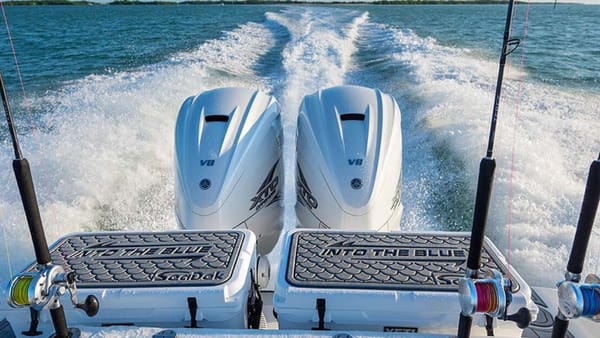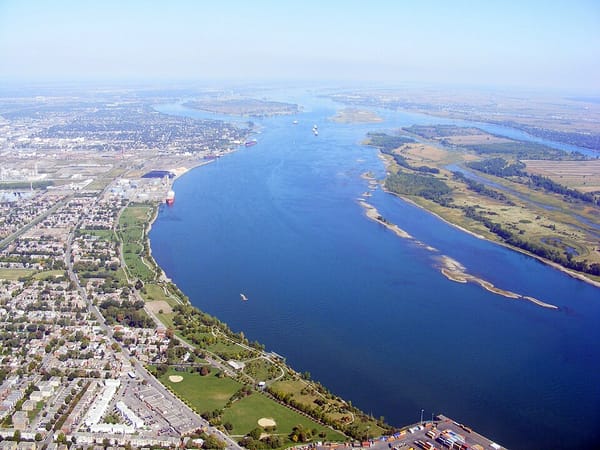Invasive Species: What to Watch Out for While Boating in Lake Tahoe
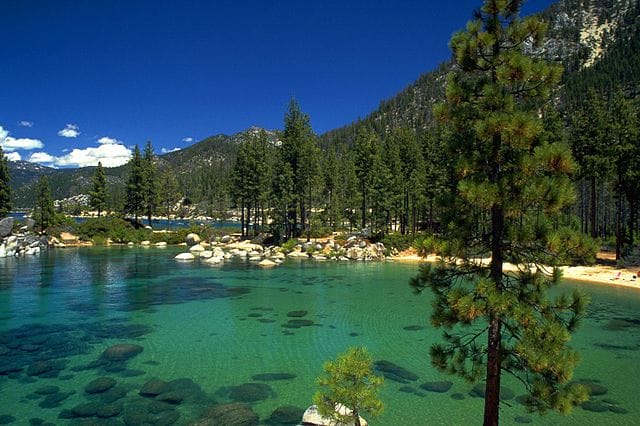
Lake Tahoe is renowned for its crystal-clear water and stunning mountain scenery, but it faces a persistent threat from invasive species. Like invasive species in the Mississippi River, the Chesapeake Bay and Florida’s waterways, these non-native organisms disrupt the ecological balance of the lake and pose significant challenges to its native species and overall ecosystem health. You certainly don’t want to invite these invasive characters back to a private boat lift rental or marina. Here are a few to watch out for while cruising about the 72 miles of shoreline.
Eurasian Watermilfoil (Myriophyllum spicatum)
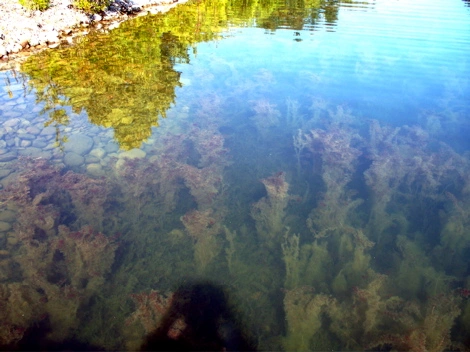
Photo: Wikimedia/Fungus Guy/CC by SA 3.0
One of the most notorious invaders in Lake Tahoe is the Eurasian watermilfoil, a fast-growing aquatic plant that forms dense mats on the water's surface. Introduced to North America as an ornamental plant, Eurasian watermilfoil thrives in the shallow waters of Lake Tahoe. It overtakes native aquatic plants and alters the lake's habitat. It can become a real nuisance at a private boat slip for rent. These dense mats impede boating, swimming and other recreational activities. They also reduce the habitat available for native fish and invertebrates.
Largemouth Bass (Micropterus salmoides)
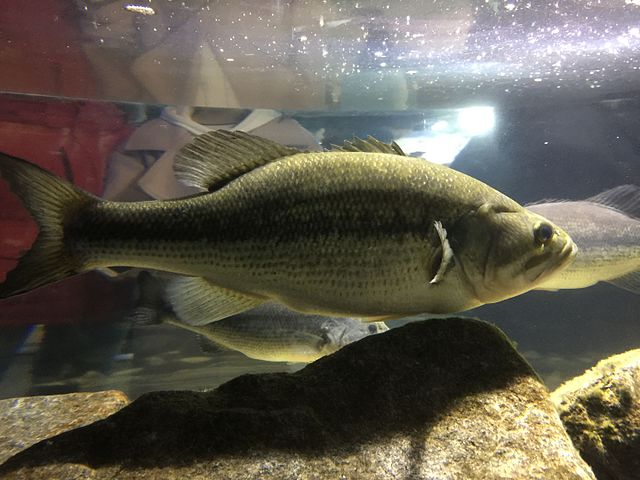
Photo: Wikimedia/wsimms8518/CC by SA 1.0
Another invasive species of concern in Lake Tahoe are warm-water fish species such as largemouth bass (Micropterus salmoides) and bluegill (Lepomis macrochirus). These fish were introduced to the lake decades ago and have since increased. They prey on native fish species like the lahontan cutthroat trout (Oncorhynchus clarkii henshawi) and the tahoe sucker (Catostomus tahoensis). Their presence disrupts the natural food web and can lead to declines in native fish populations.
Quagga Mussels (dreissena rostriformis bugensis)
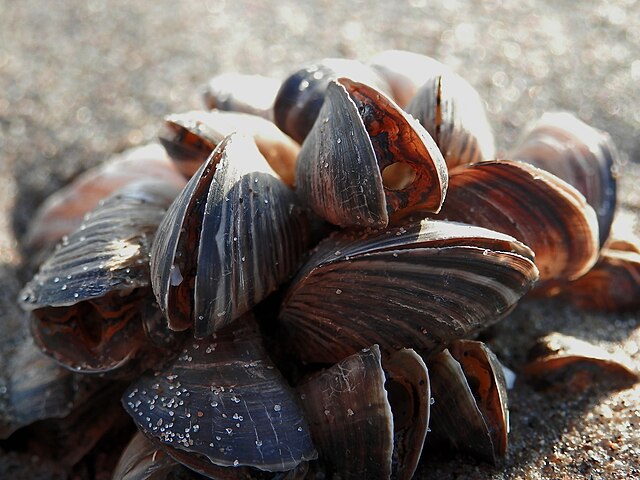
Photo: Wikimedia/Ryan Hodnett/CC by SA 4.0
The introduction of invasive species like the quagga mussel (Dreissena rostriformis bugensis) and the New Zealand mud snail (Potamopyrgus antipodarum) poses a significant threat to Lake Tahoe's ecosystem. Quagga mussels can clog water intake pipes, foul beaches with sharp shells and alter nutrient cycling in the lake. New Zealand mud snails reproduce rapidly and can outcompete native snails, disrupting the balance of aquatic communities.
Efforts to control and mitigate the spread of invasive species in Lake Tahoe are ongoing. These efforts include monitoring and early detection programs, implementing boat inspections and cleaning stations to prevent the spread of invasive species to and from the lake and private boat dock rentals and mechanical and chemical control methods to manage established populations.
The next time you’re out sailing or cruising around Lake Tahoe, keep an eye out for these invasive aquatic plants and animals. Thoroughly rinse boats and trailers to avoid transporting them back to a marina or private boat slip for rent.
